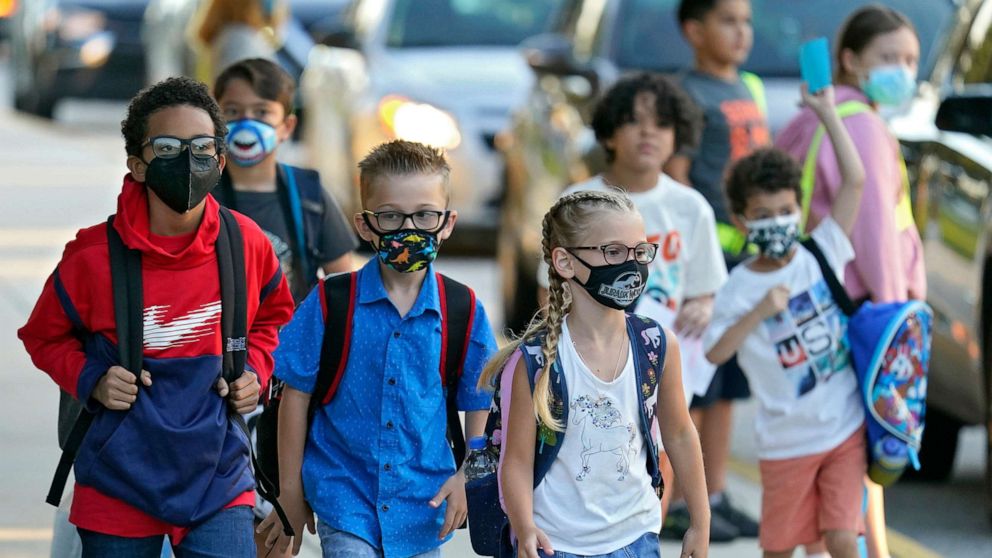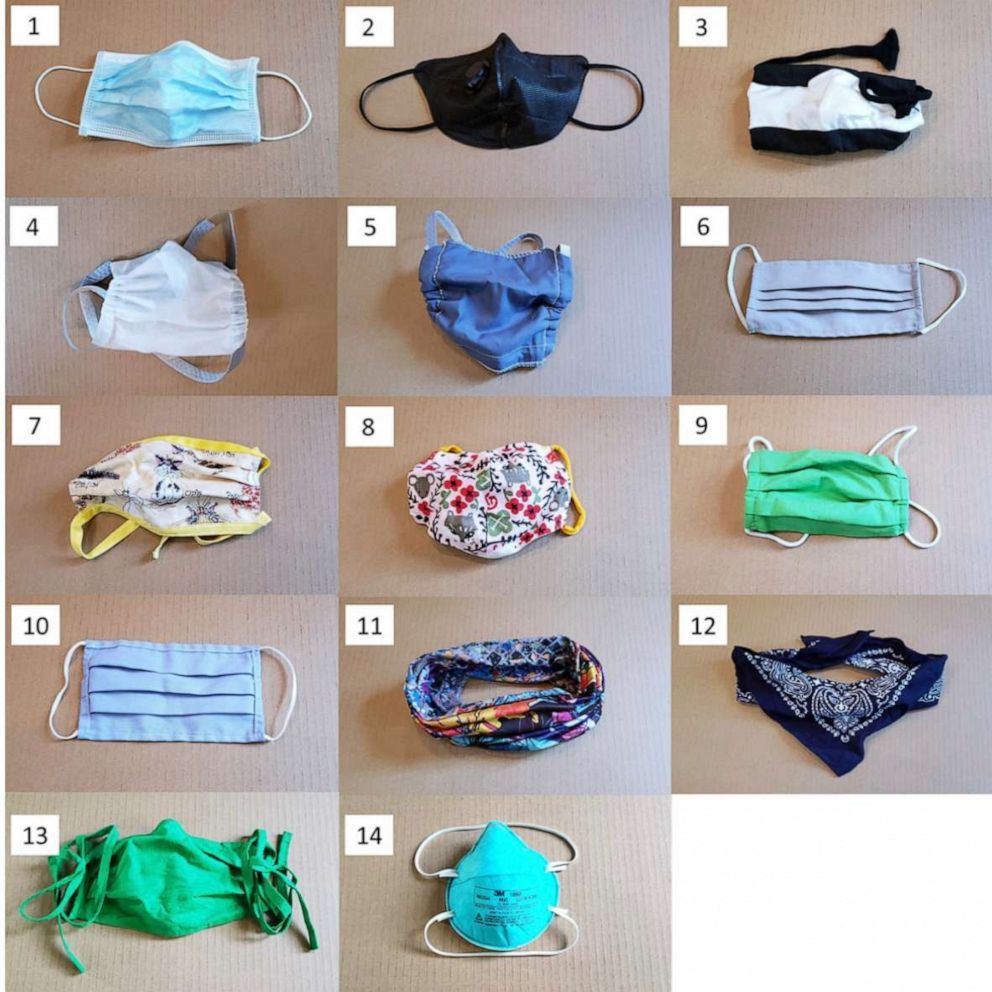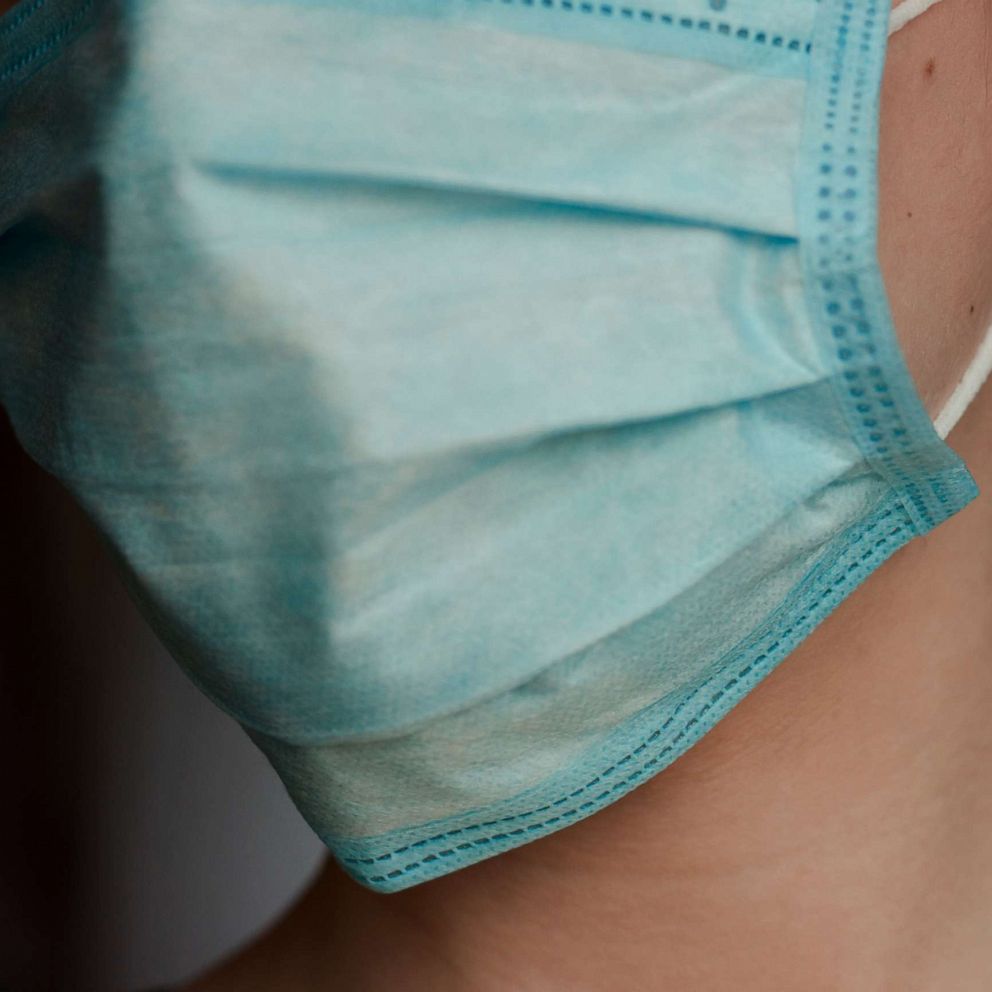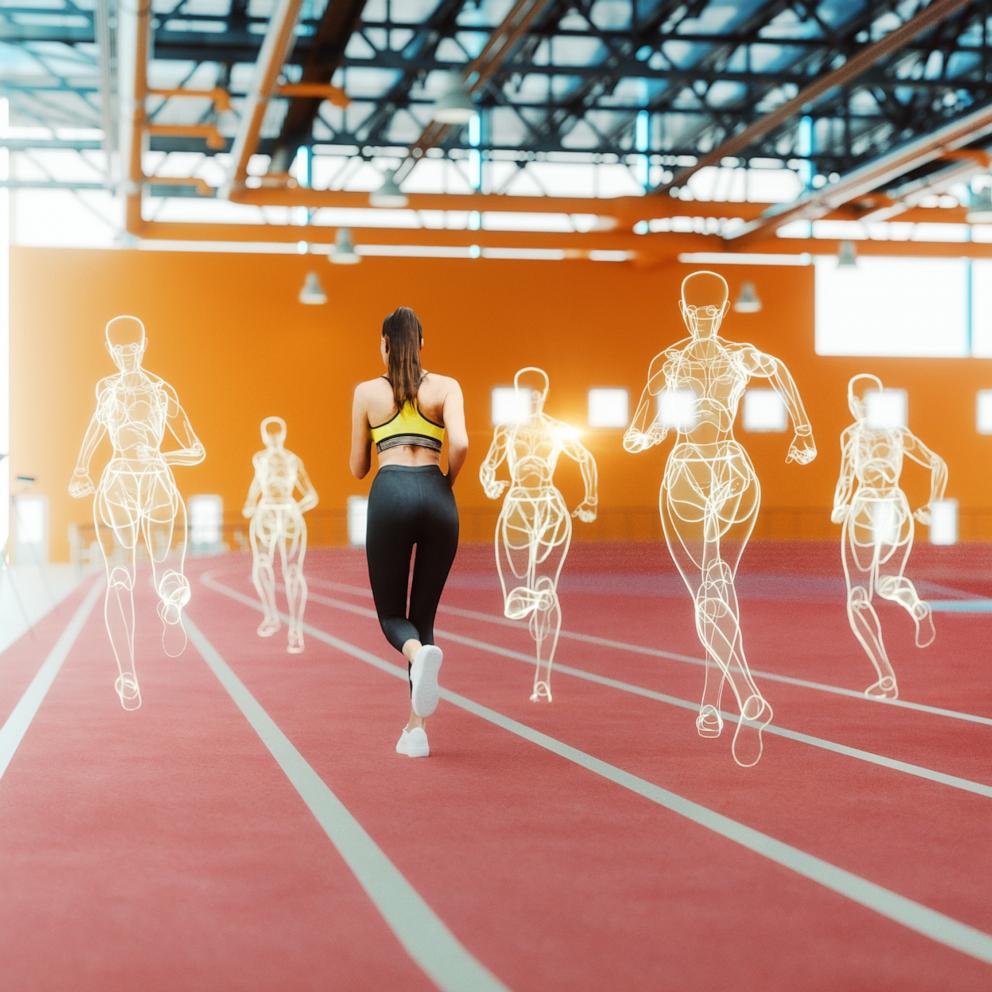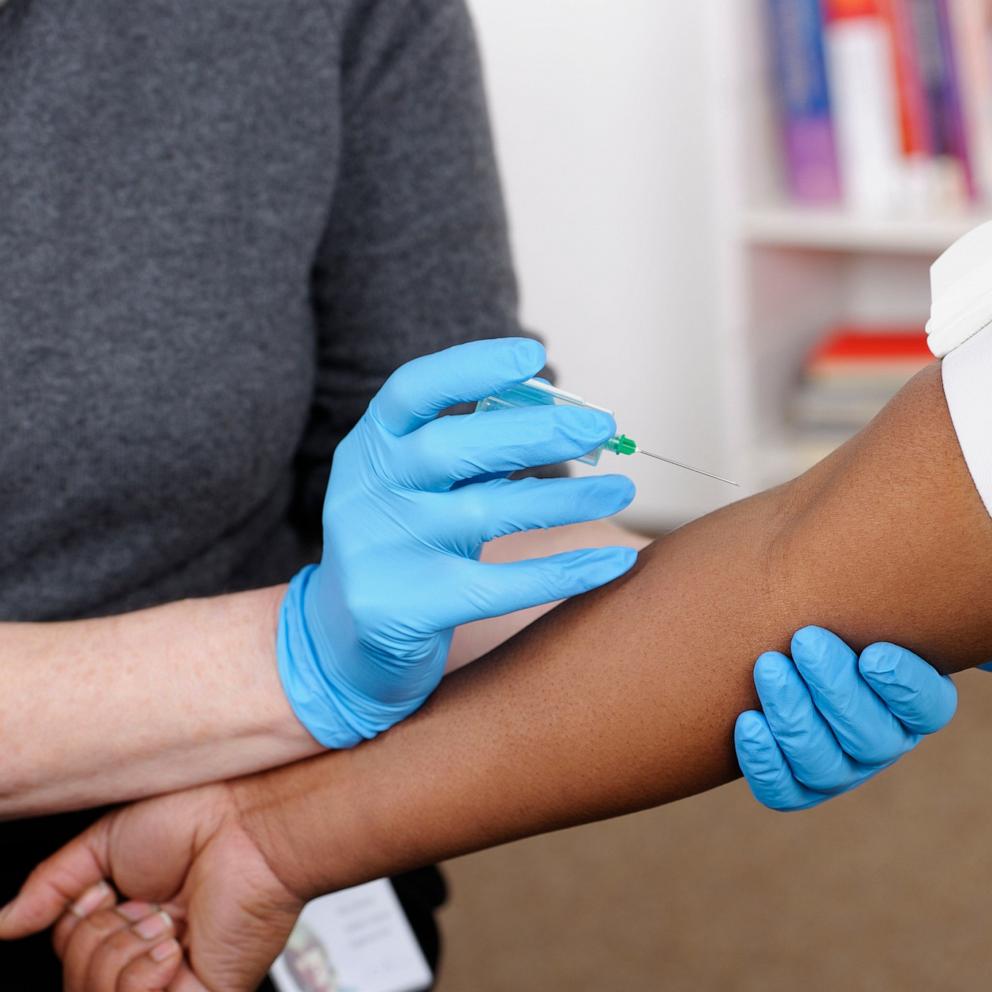Kids do not need N95, KN95 masks at school amid COVID-19 surge, experts say
As the number of pediatric COVID-19 cases continues to rise across the United States, parents are adding face masks to the top of their back-to-school shopping lists.
For the 2021-2022 school year, the Centers for Disease Control and Prevention (CDC) now recommends all students ages 2 and older wear face masks indoors, regardless of vaccination status.
The American Academy of Pediatrics, an organization of nearly 70,000 pediatricians, has also called on schools to enforce universal masking mandates.
Dr. Allison Bartlett, a pediatric infectious diseases physician at University of Chicago Medicine, is the mother of three sons who are all under age 12 and therefore not yet able to be vaccinated. Bartlett said her sons will be attending in-person school in the fall and will be wearing face masks.
"The whole COVID pandemic has changed with the delta variant and the very high levels of spread," Bartlett told "Good Morning America," explaining the increased urgency for mask wearing. "It’s true that most kids don’t get sick, but most kids are not all."
"I hope that parents understand that no kid likes wearing masks, but the kids that I have interacted with completely understand why they’re doing this, that they’re doing this to protect other people," she said. "It's a team effort and everyone has to contribute."
With unvaccinated children at risk, parents have questions about which types of face masks will keep their children and those around them the safest.
"GMA" spoke with Bartlett along with Dr. Richard Malley, a pediatric infectious disease specialist at Boston Children’s Hospital, and Dr. Edith Bracho-Sanchez, a pediatrician at Columbia University, to break down what parents need to know.
1. Children do not need N95, KN95 masks.
All three experts agreed that while N95 and KN95 masks, the types of masks often used in hospitals, provide the best protection, they are not designed nor needed to be used by children.
"N95 masks on a child may not fit and even if they do fit, they’re not as comfortable," said Malley. "We don’t want to be recommending masks that kids are not willing to wear."
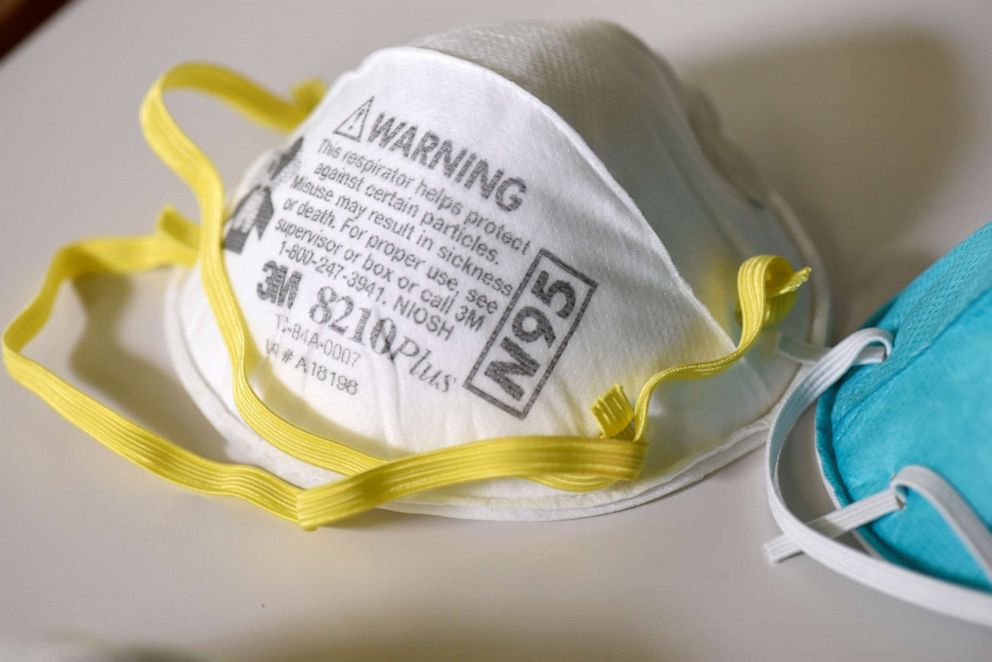
Both Malley and Bartlett also pointed out N95 and KN95 masks do not work if they do not fit properly, which is why medical staff who wear them undergo intense fitting procedures to make sure they are secure.
"Absolutely an N95 that has been fitted to you provides the most protection. It is true in a healthcare setting but not relevant to kids and schools," said Bartlett. "They don’t really make child size N95s and unless you’ve gone through the fit testing, it doesn’t really provide any extra protection."
2. The mask your child will wear is the best mask.
All three experts also agreed that whatever face mask your child is willing to wear indoors at school is the best mask for them, whether it is surgical, cloth or disposable.
"It all comes down to if they’re not going to wear it, it doesn’t matter how high quality the mask is," said Bartlett, adding as an example, "A well-fitted cloth mask works much better than a poorly-fitted surgical mask."
Malley suggests letting a child pick out their own masks can help motivate them to wear them and help them feel part of the solution.
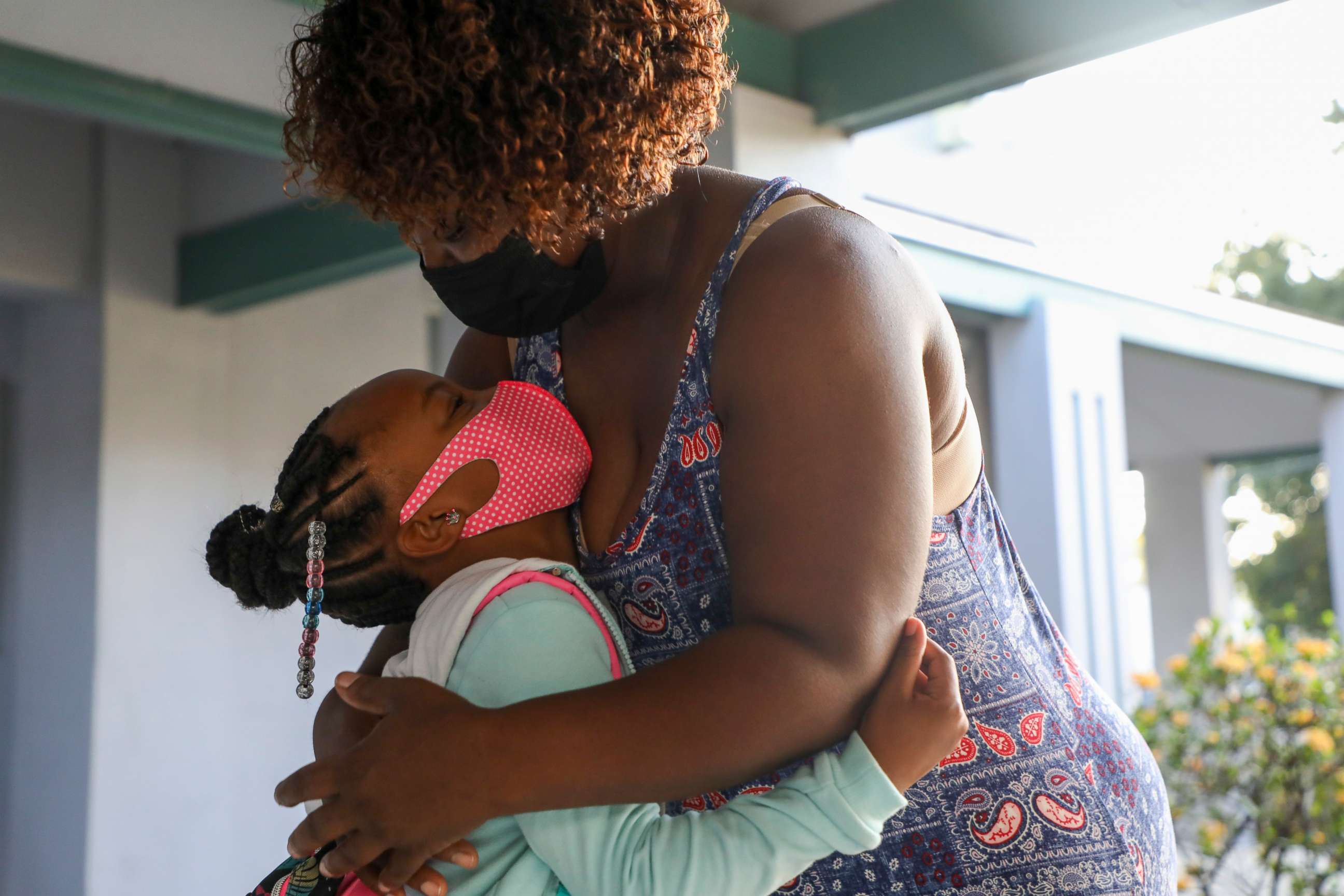
"Everybody recognizes that [mask wearing] is an inconvenience for kids, so one way to help the process is to let the child choose," he said. "Go online or go to the store and have the child select the mask they’re going to wear."
3. Parents and kids need to regularly check the fit of the mask.
In order for a mask to be effective, it needs to fit over the nose and cover under the chin, according to Malley.
"You want something that covers the nose and mouth and when they speak or laugh, that the mask is not falling off their face," he said. "You want the jaw to be able to move."
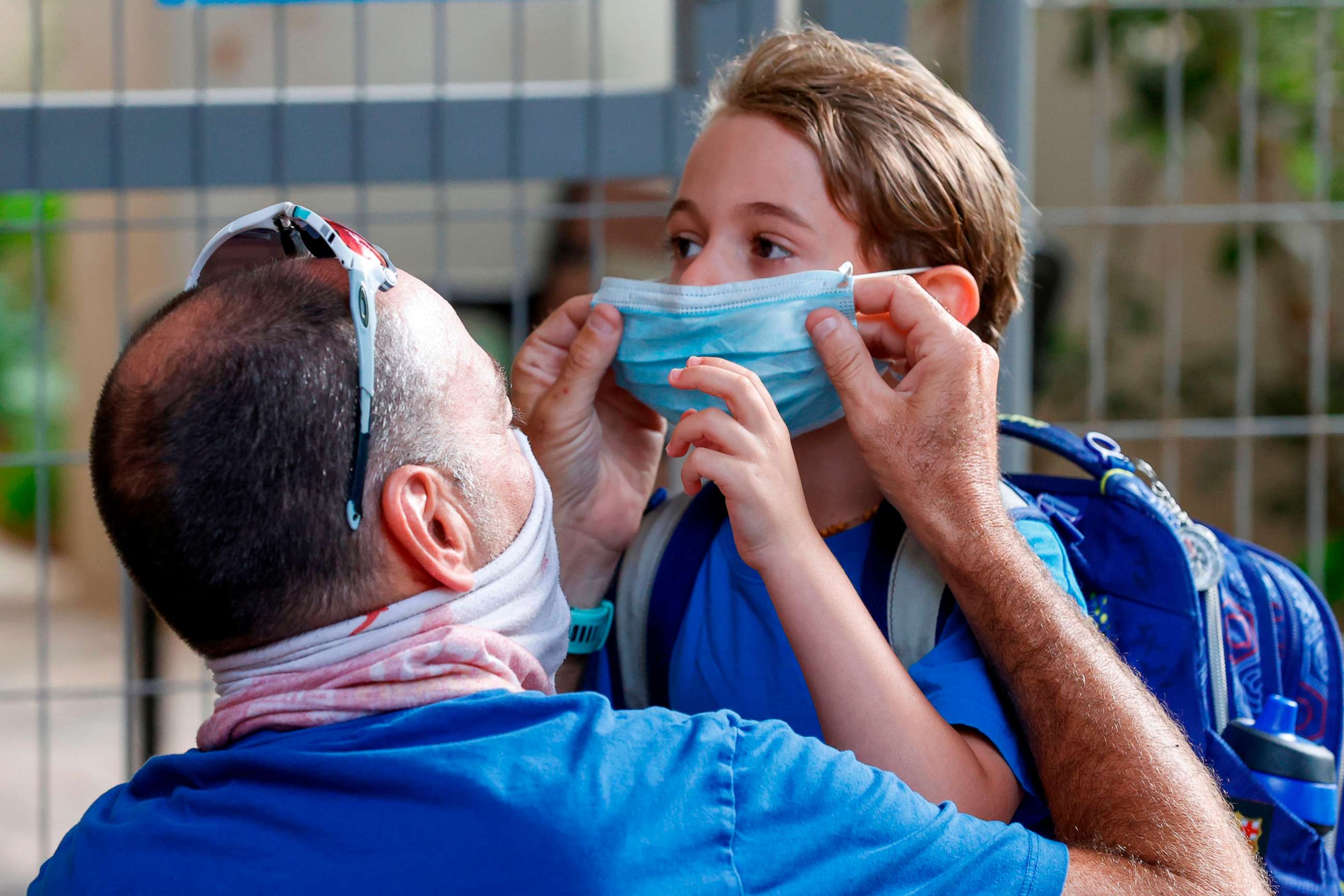
The face mask should also lay flat on the skin, according to Bartlett.
"In my experience, sometimes the surgical masks tend to gape more at the side because they’re rectangular," she said. "And sometimes fabric masks work better because they fit better and are softer or more comfortable to fit the face."
Both experts also noted it is perfectly fine for kids to use clips or bands to relieve pressure on their ears when wearing a mask.
4. Face masks can be re-worn by kids.
"As long as your mask is fitting well, as long as the mask is taut and you have a good fit at the top and at the bottom, you can keep washing it and wearing it," said Bracho-Sanchez.
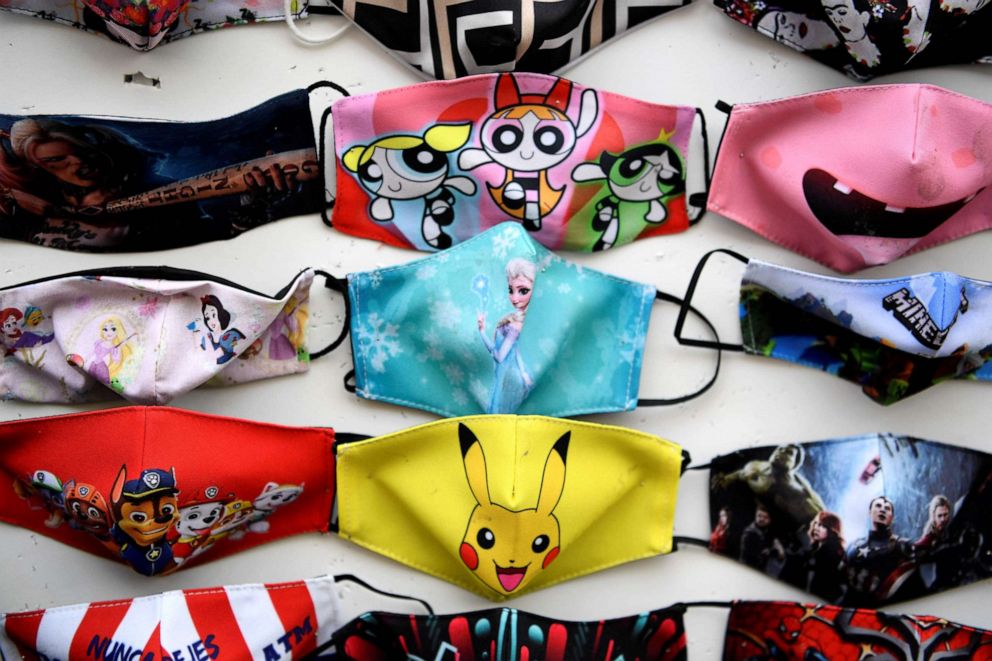
5. A sun test can help check the quality of your child's face mask.
One technique to check the quality of your child's mask is hold the mask up to the sun. If you can see light through the mask as you hold it stretched, it's not thick enough.
6. Children will not get sick from wearing face masks.
Concerns about children not being able to breathe while wearing face masks or risking illness from germs in their masks are not founded in science, according to Bartlett.
"There is not a risk to kids of CO2 [carbon dioxide] retention or not getting enough oxygen," she said. "There is no medical concern to having your face covered with a mask like this."
When it comes to germs, Bartlett said the masks prevent foreign pathogens from coming in, so the only germs kids could have in their masks are the same germs from their body.
She did suggest though that parents send their children to school with clean, spare masks so they have one on hand to swap out if, for example, they sneeze in the mask.
"Send kids to school with a few masks and, at home, wash masks regularly and have a constant supply of masks on hand," said Bartlett.
